By Mason B. Webb
The West Point Museum, located in Olmsted Hall and adjacent to the Visitor Center at the United States Military Academy, about an hour’s drive north of New York City, contains what is considered to be the oldest and largest diversified public collection of military artifacts in the Western Hemisphere.
The Early Beginning of the West Point Museum
Begun with captured British materials brought to West Point after the British defeat at Saratoga in 1777, the museum’s collections predate the founding of the United States Military Academy; when the Academy opened in 1802, a number of Revolutionary War trophies were used for cadet instruction.
By the 1820s, a teaching collection of artifacts for use by faculty and cadets was established here and, after the Mexican War (1846-1848), West Point was designated by Executive Order as the permanent depository of war trophies. In 1854 the museum was opened to the public; the museum moved to its present quarters in 1989.
[text_ad]
Displaying the Entire History of Warfare
Spread over three floors, the museum does not restrict itself to just West Point, the U.S. Army, or even American artifacts, but has displays that cover the entire gamut of warfare. Starting in the “History of Warfare” gallery on the first floor, visitors can trace warfare from ancient Egypt and Rome, through the armored medieval period, to current operations.
Displays include miniature dioramas of significant battles, as well as Napoleon’s sword and pistols, the safety plug removed from the Nagasaki atomic bomb, and other historical artifacts (such as a pen used at the Japanese surrender ceremony aboard the USS Missouri in September 1945).
Of special interest to WWII buffs are a pistol once owned by Adolf Hitler, along with Hermann Göring’s Reichmarschal baton and his personal revolver. Prior to the outbreak of war Max Kehl, an admirer of the Führer, presented a gold-plated .32-caliber Model I “Lilliput” automatic pistol to him for his personal protection. The pistol had been hidden for safe keeping in the Führerbau, a government building in Munich, but was found by an American sergeant during the post-war occupation.
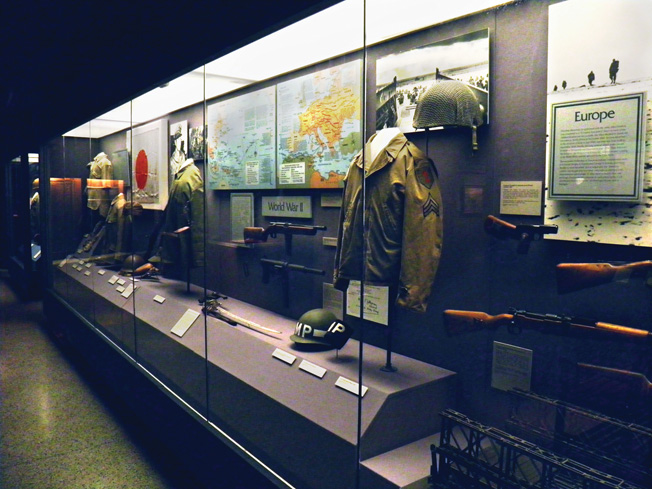
Göring’s baton also has an interesting provenance. Donated to the West Point Museum by Mrs. Alexander Patch, widow of the U.S. Seventh Army commander (who received it after Göring surrendered on May 9, 1945), this ivory baton was personally presented to Göring by Hitler in 1940. It is decorated with gold and platinum end pieces, 20 solid gold eagles, 20 platinum crosses, and 640 diamonds. Valued in 1940 at $40,000, it is today a priceless artifact.
Göring also gave up his American-made .38-caliber Smith & Wesson revolver from a Hamburg firearms dealer before the war and handed it up to American troops when he was captured in Bavaria.
The second floor has two galleries: the “American Wars” and the “History of the U.S. Army.” In the former, visitors can view George Washington’s pistols, the British drum surrendered at Saratoga, field glasses used by General Gouveneur K. Warren, hero of Little Round Top at Gettysburg, and the final message sent by George Armstrong Custer at the Battle of Little Big Horn. Here also is the Medal of Honor Wall, which commemorates those USMA graduates who have received America’s highest military award for valor.
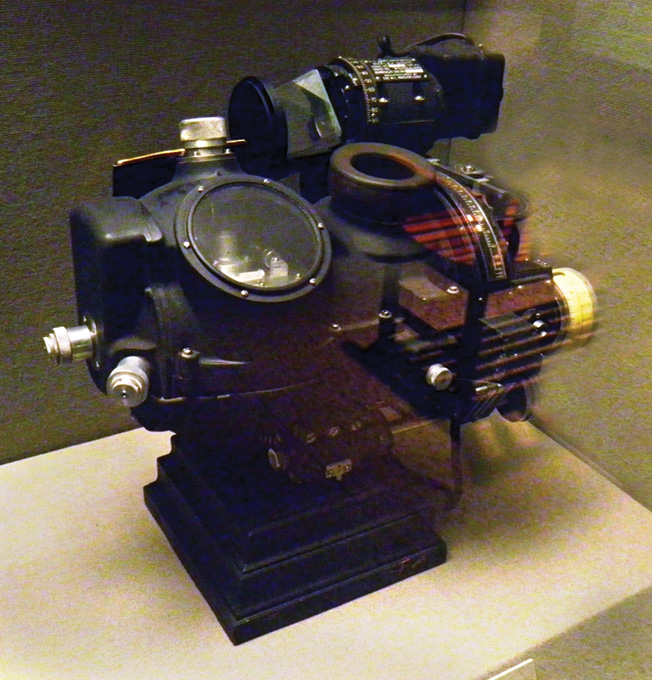
The “History of the U.S. Army” gallery is dedicated to the Army’s contributions to the growth of the nation. Here are exhibits on the opening of the Western Frontier, the Civil War, Buffalo Soldiers, and Indian Wars, the construction of the Panama Canal, the secret “Manhattan Project” that built the atom bomb, U.S. Army aviation from balloons to space exploration, and the Gulf War of 1991 (Operation Desert Storm).
The basement and sub-basement galleries contain a treasure trove of artifacts, including ancient axes, clubs, swords, polearms, vehicles, artillery pieces, replica of the “Fat Man” atomic bomb, plus machine guns and small arms.
Planning Your Visit to West Point
West Point Museum, 600 Thayer Road, West Point, NY 10996
Hours: Open 7 days a week 10:30 am-4:15 pm. Closed Thanksgiving Day, Christmas Day, New Year’s Day. Admission is free. Phone: (845)-938-3590
Website: https://www.westpoint.army.mil/museum.html
FDR’s Home in Hyde Park
Combine a visit to West Point with a trip to another historic location that should not be missed. Only about an hour’s drive north of the USMA along the Hudson River is “Springwood”—the home of America’s wartime president, Franklin Delano Roosevelt. All the furnishings of the stately manor are just as they were when FDR lived there, including his wheelchair.
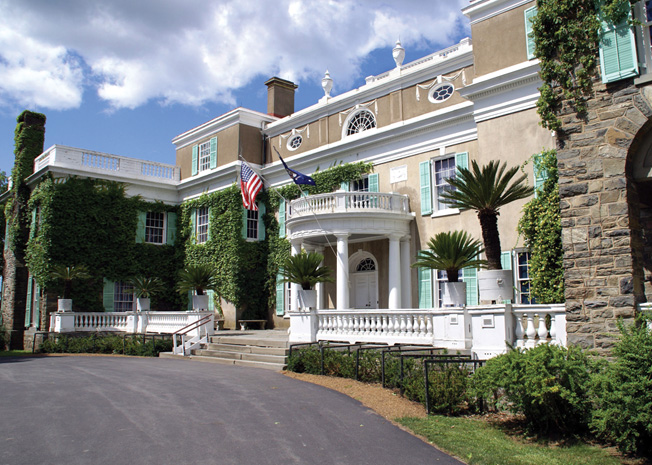
Knowledgeable U.S. Park Service guides provide a detailed explanation of the mansion that was FDR’s birthplace (1882) and boyhood home, and where he and Eleanor lived until just shortly before his death in Georgia on April 12, 1945. Here one can almost feel the weight of responsibility of leading America out of the Great Depression and directing the country’s war effort, as well as the presence of the other leaders who visited the home—Winston Churchill, King George VI and Queen Elizabeth, and many more.
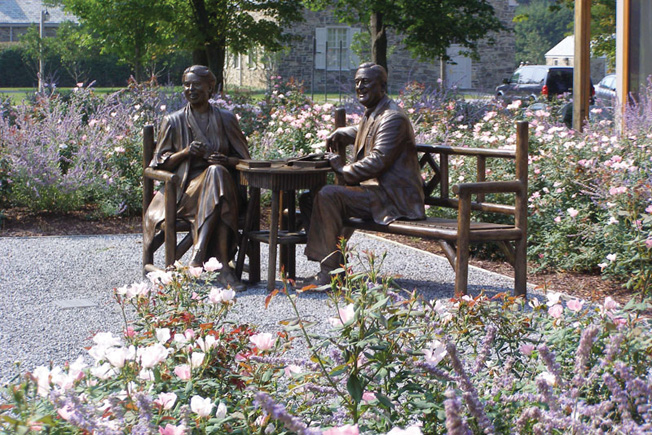
Also on the estate’s 290 acres are the Henry A. Wallace Visitor Center, the FDR Presidential Library and Museum, and the simple graves of Franklin and Eleanor.
Planning Your Visit to Hyde Park
FDR Home & Presidential Library/Museum, 4097 Albany Post Road (U.S. 9) Hyde Park, NY 12538
Hours: Open 7 days a week 9:00 am-5:00 pm. Closed Thanksgiving Day, Christmas Day, New Year’s Day. Admission fee charged. Home visitation only by guided tour; call to make reservations.
Phone: (845) 229-9115
Website: www.nps.gov/hofr/index
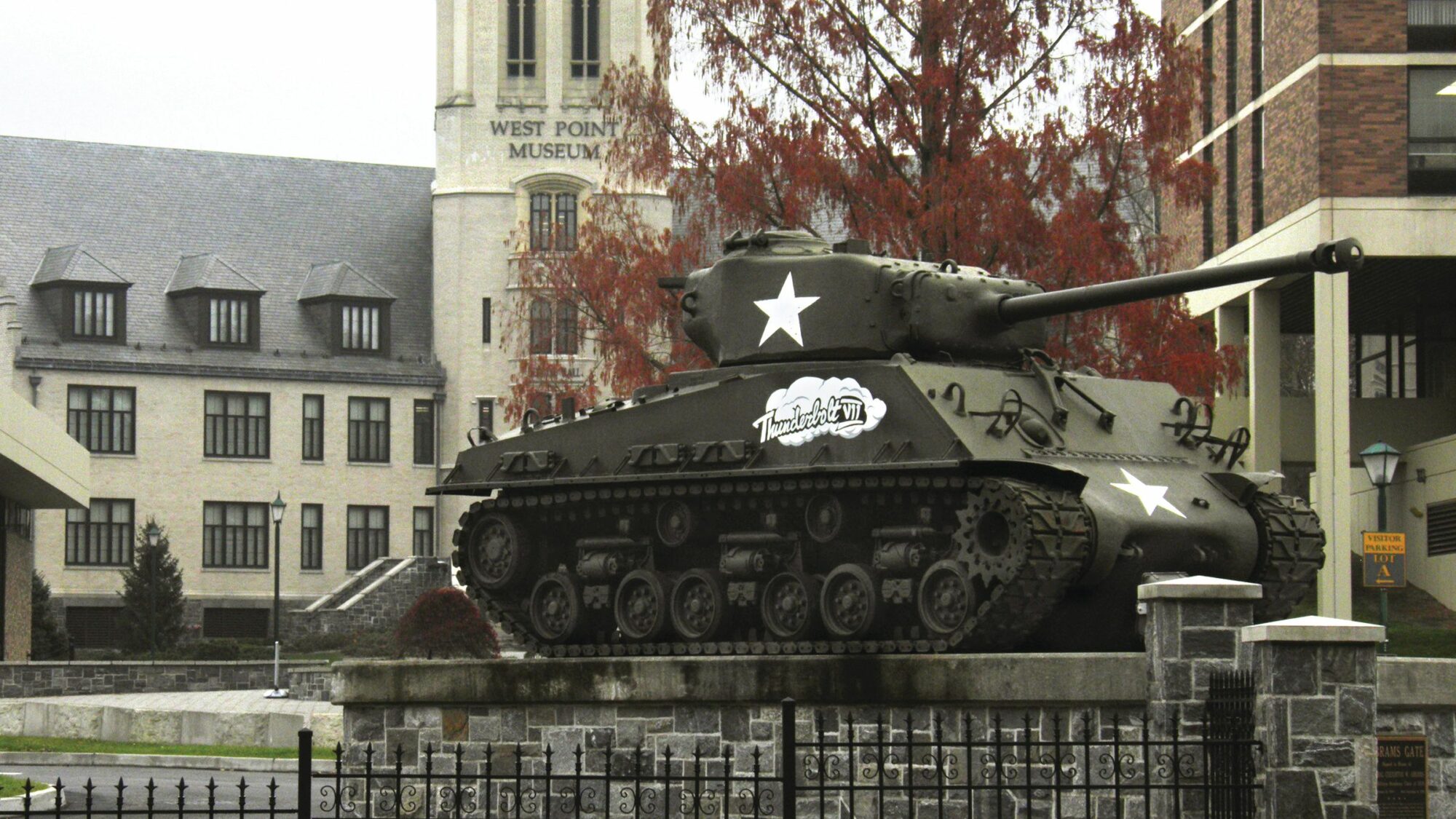
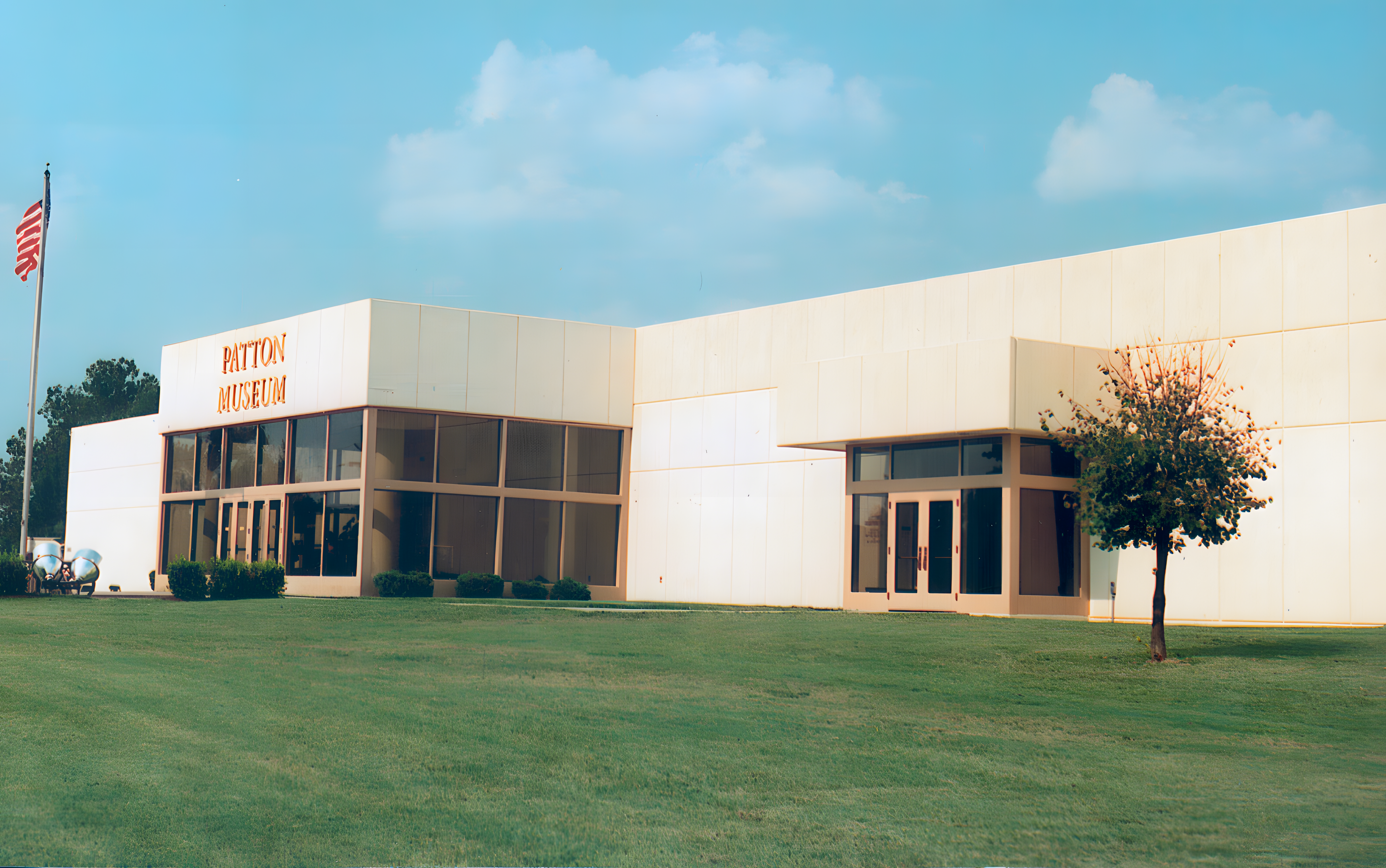
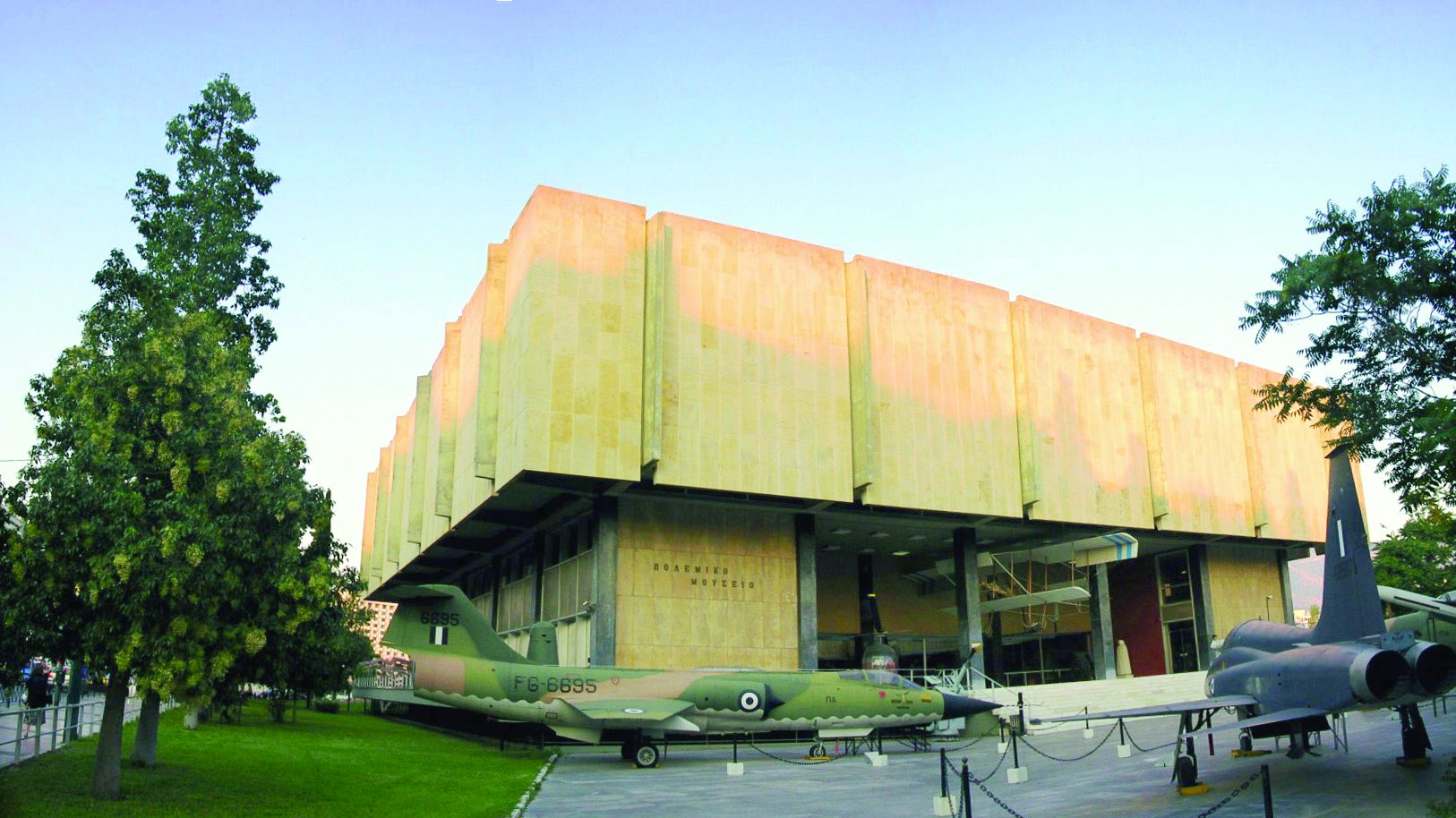
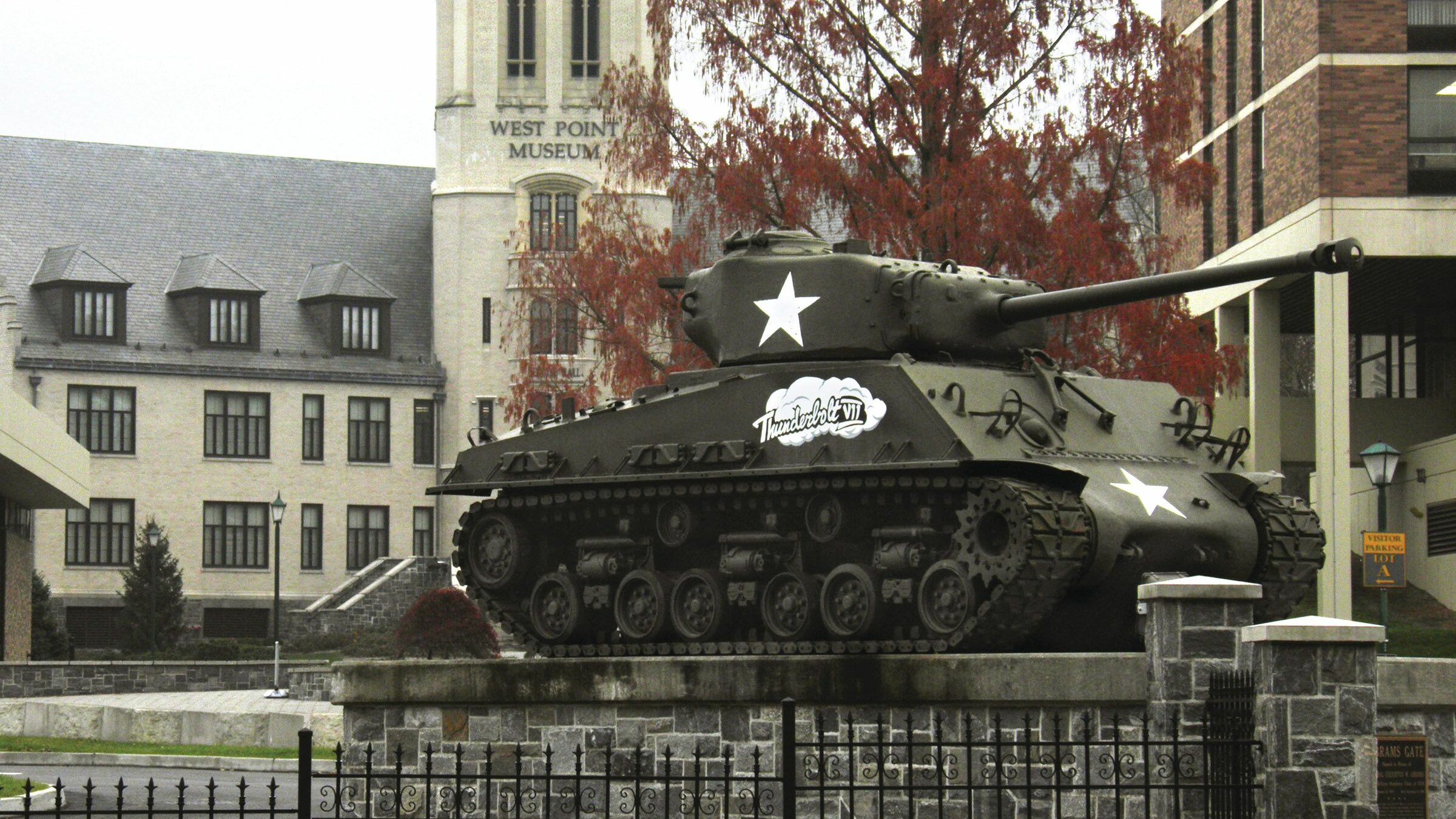
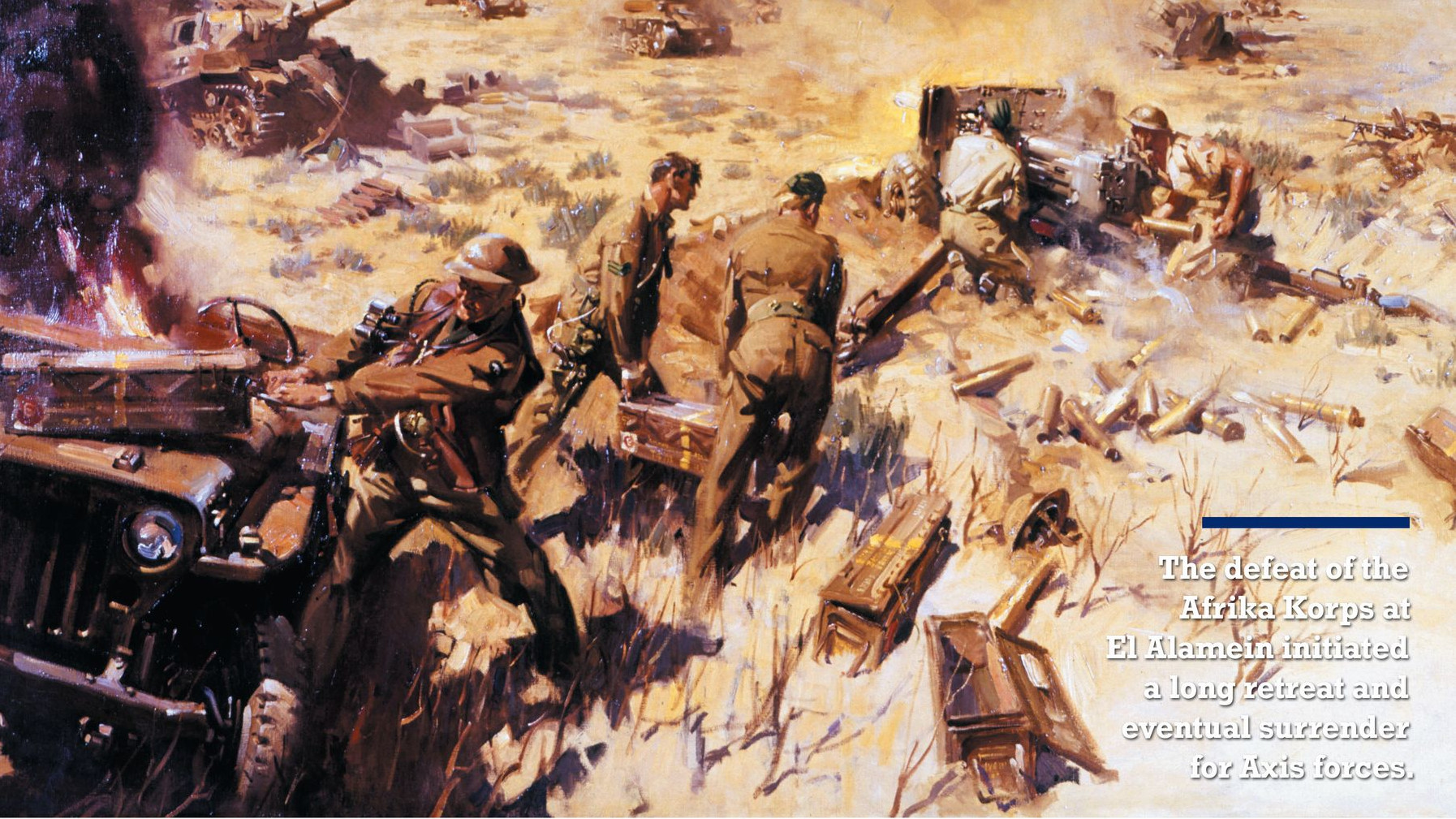
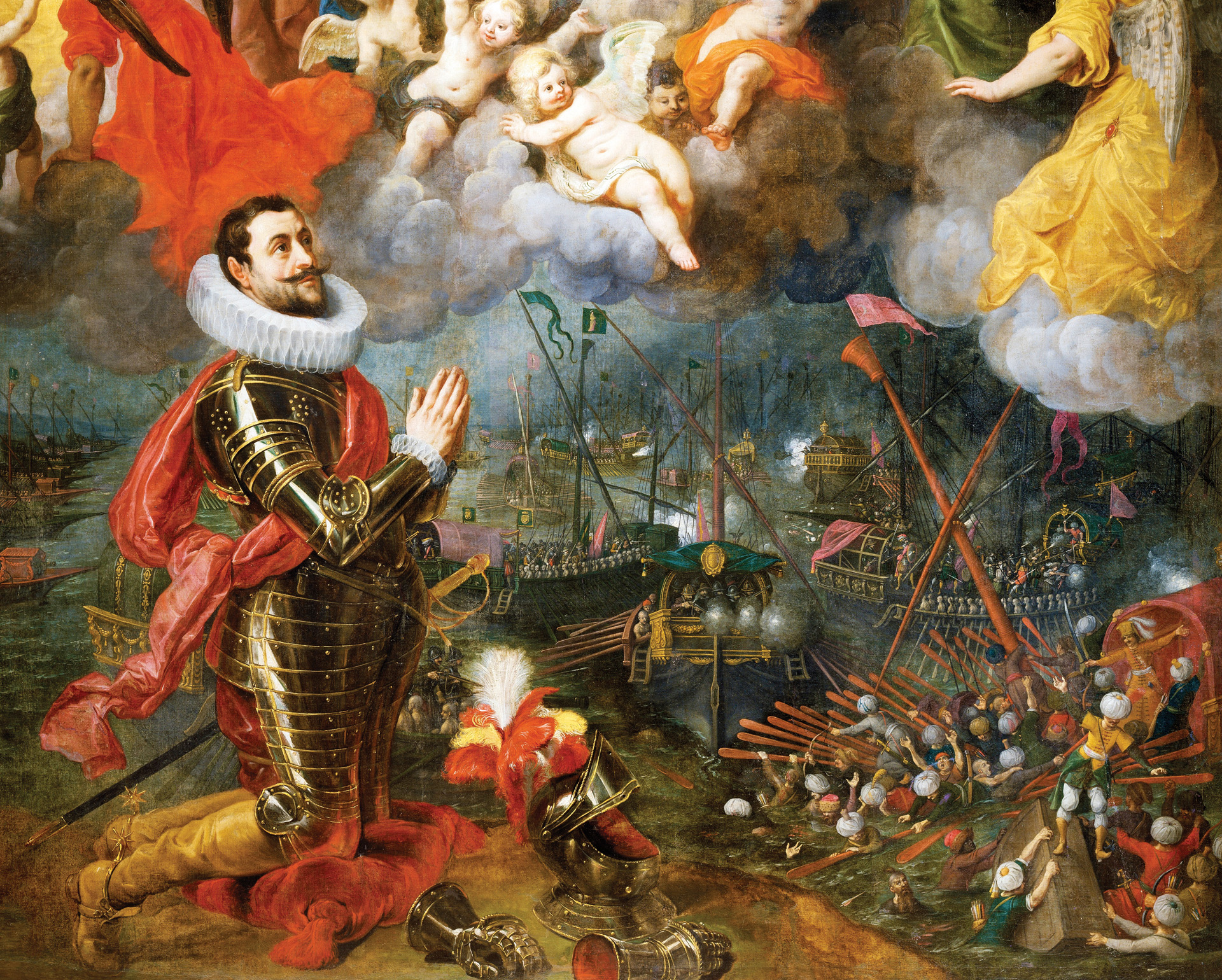
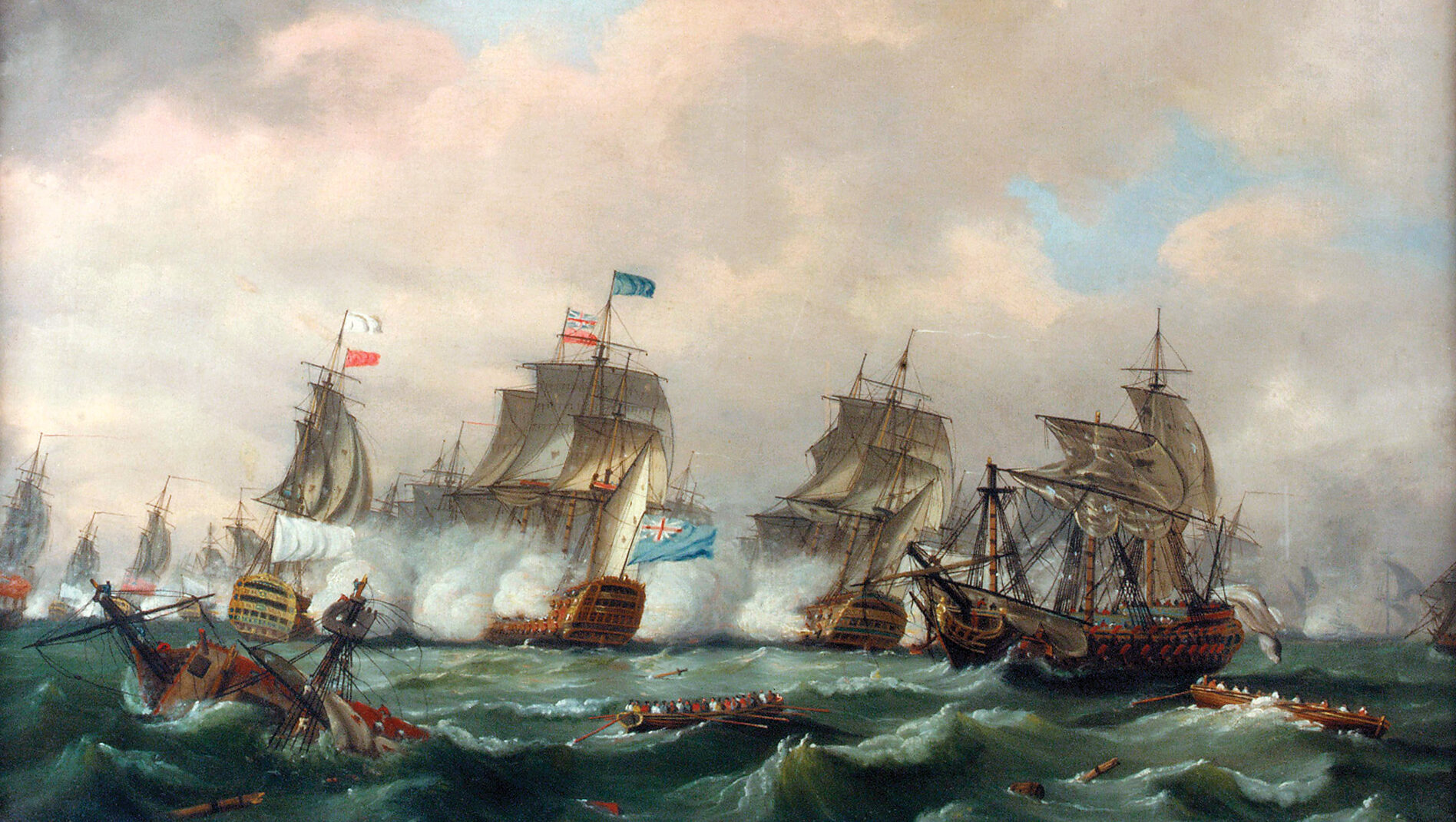

Join The Conversation
Comments
View All Comments